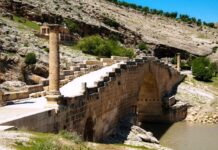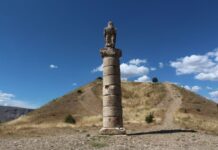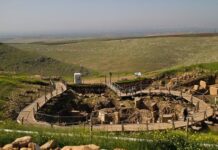Overview of the Site
In Sardis, there are remains of a synagogue and a gymnasium-bathhouse that were partly rebuilt. These buildings date back to the Byzantine period, but the Roman city from the time of the New Testament is mostly unexplored by archaeologists.
The Synagogue
The remains of the synagogue date from after the fourth century. However, underneath the synagogue, there are older layers from the Hellenistic and Roman periods that go back to the time when the apostle John was alive Private Tour Istanbul.
The Gymnasium-Bathhouse
The gymnasium-bathhouse in the northern part of the city was built during the Byzantine period. It was built on top of earlier structures, which include a part of a building probably built in the first century, around the time of the apostle John, or just after that in the early second century.
Marble Road
A wide road called the Marble Road ran for about 4,600 feet (1,402 meters) from the Pactolus River to the east. It ran next to the gymnasium area. This road was likely started during the reign of Emperor Tiberius and finished under Emperor Claudius, so it would have been there during the time of John Thyatira.
The road was made of marble blocks and had a raised sidewalk along the southern side for pedestrians. The street was bordered by a colonnade, or a row of columns, that was probably 16 feet (4.8 meters) wide. This road was close to the ancient Persian Imperial Road, which connected Susa in Persia to Sardis.
City Layout
Sardis did not follow the usual grid pattern of ancient Roman cities. There was a north-south street that crossed the Marble Road at the southeast corner of the gymnasium-bathhouse complex. This street helped divide the city into east and west sections.








